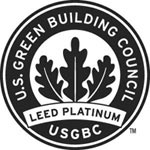Caroliana Tile recommends you check your State and Federal laws before attemting to handle, workaround, or even going near Asbetos Products. Only properly trained professionals should attemp to work with Asbestos containing products. The following is for informational purposes only.
Asbestos is a mineral fiber. It can be positively identified only with a special type of microscope. There are several types of asbestos fibers. In the past, asbestos was added to a variety of products to strengthen them and to provide heat insulation and fire resistance.
How Can Asbestos Affect My Health?
From studies of people who were exposed to asbestos in factories and shipyards, we know that breathing high levels of asbestos fibers can lead to an increased risk of:
- lung cancer;
- mesothelioma, a cancer of the lining of the chest and the abdominal cavity; and
- asbestosis, in which the lungs become scarred with fibrous tissue.
The risk of lung cancer and mesothelioma increases with the number of fibers inhaled. The risk of lung cancer from inhaling asbestos fibers is also greater if you smoke. People who get asbestosis have usually been exposed to high levels of asbestos for a long time. The symptoms of these diseases do not usually appear until about 20 to 30 years after the first exposure to asbestos.
Most people exposed to small amounts of asbestos, as we all are in our daily lives, do not develop these health problems. However, if disturbed, asbestos material may release asbestos fibers, which can be inhaled into the lungs. The fibers can remain there for a long time, increasing the risk of disease. Asbestos material that would crumble easily if handled, or that has been sawed, scraped, or sanded into a powder, is more likely to create a health hazard.
Read more information about asbestos and its health effects.
Flooring, including sheet vinyl, vinyl or asphalt floor tiles and any associated paper-like backing, mastic, adhesive or glue, may contain asbestos. In the past, asbestos fibers were added during the production of flooring materials to strengthen the flooring and to increase its durability.
Asbestos Do's And Don'ts for the Homeowner
-
Do keep activities to a minimum in any areas having damaged material that may contain asbestos.
-
Do take every precaution to avoid damaging asbestos material.
-
Do have removal and major repair done by people trained and qualified in handling asbestos. It is highly recommended that sampling and minor repair also be done by asbestos professionals.
-
Don't dust, sweep, or vacuum debris that may contain asbestos.
-
Don't saw, sand, scrape, or drill holes in asbestos materials.
-
Don't use abrasive pads or brushes on power strippers to strip wax from asbestos flooring. Never use a power stripper on a dry floor.
-
Don't sand or try to level asbestos flooring or its backing. When asbestos flooring needs replacing, install new floor covering over it, if possible.
-
Don't track material that could contain asbestos through the house. If you cannot avoid walking through the area, have it cleaned with a wet mop. If the material is from a damaged area, or if a large area must be cleaned, call an asbestos professional.
Major repairs must be done only by a professional trained in methods for safely handling asbestos.
Minor repairs should also be done by professionals since there is always a risk of exposure to fibers when asbestos is disturbed.
Doing minor repairs yourself is not recommended since improper handling of asbestos materials can create a hazard where none existed.
Removal is usually the most expensive method and, unless required by state or local regulations, should be the last option considered in most situations. This is because removal poses the greatest risk of fiber release. However, removal may be required when remodeling or making major changes to your home that will disturb asbestos material. Also, removal may be called for if asbestos material is damaged extensively and cannot be otherwise repaired. Removal is complex and must be done only by a contractor with special training. Improper removal may actually increase the health risks to you and your family.
If You Hire A Professional Asbestos Inspector
-
Make sure that the inspection will include a complete visual examination and the careful collection and lab analysis of samples. If asbestos is present, the inspector should provide a written evaluation describing its location and extent of damage, and give recommendations for correction or prevention.
-
Make sure an inspecting firm makes frequent site visits if it is hired to assure that a contractor follows proper procedures and requirements. The inspector may recommend and perform checks after the correction to assure the area has been properly cleaned.
When is the removal of flooring hazardous?
Flooring that contains asbestos, when intact and in good condition, is generally considered nonfriable and is not hazardous.
Heat, water, weathering or aging can weaken flooring to the point where it is considered friable. Friable flooring includes any material containing more than 1 percent asbestos that can be crumbled, pulverized or reduced to powder with hand pressure. This includes previously nonfriable flooring material which has been damaged to the extent that it may be crumbled, pulverized or reduced to powder by hand pressure. Flooring can also be made friable during its removal. Friable materials can release asbestos fibers into the air. Once in the air, asbestos fibers present a health hazard to people who inhale those fibers.
Can I remove asbestos flooring myself?
Removing resilient floor coverings is a common occurrence during home remodeling projects. Resilient floor coverings include linoleum or sheet vinyl and floor tiles. Options for dealing with asbestos-containing flooring include removal or installing new flooring over it.
The Minnesota Department of Health (MDH) recommends using a licensed asbestos contractor to remove asbestos-containing flooring. However, the information in this document will assist the homeowner who decides to remove the asbestos-containing flooring themselves do the work in a safe manner. It is important for the health and safety of you and your family that you perform the work correctly. Using the proper equipment, preparation, removal procedures and clean up are important in reducing exposure to asbestos fibers.
What tools do I need?
The following equipment should be used when removing floor coverings:
- Utility knife - for cutting polyethylene sheeting
- Metal putty knife - for removing material from flat surfaces
- Razor scraper - for removing material from flat surfaces
- Abrasive scrub pads - for removing residual linoleum backing and adhesive.
- Spray bottle/tank - for holding amended water
- Amended water - make by adding 1 cup of dish soap to 5 gallons of water
- Mop/disposable towels - for clean up
- Duct tape - for sealing openings and bags
- Polyethylene sheeting (poly) - for isolating work area and covering any vents or openings
- Waste disposal bags - heavy-duty yard waste bags work best
- Boxes - to put floor tile in after removal
- Personal Protective Equipment (PPE) - Respirator, disposable work suits, gloves, boots and eye protection.
How do I prepare the work area?
To prepare the work area, remove all movable objects from the work area. This is done to prevent any contamination of these objects and reduces clean-up time. Any object that cannot be removed should be covered with poly and sealed with duct tape. Next, the work area should be isolated. If the work area is properly isolated, any asbestos fibers released during the work will be restricted to the work area. Isolate the work area by turning off the heating and air conditioning system for the work area and any vents should be covered with poly and sealed with duct tape.
Doorways and any other openings should also be covered with poly and sealed with duct tape. Access to the work area should be limited to one doorway. Cover the doorway with poly and seal with duct tape. Then cut a slit in the poly to allow you to enter and exit the work area. Cover the slit with an additional poly flap secured at the top of the door. This should be the only access to the work area. This will also limit air movement into and out of the work area.
How do I remove it?
Before beginning removal, make sure that all tools and equipment that are needed are inside the work area. You should limit the number of times you exit the work area once asbestos-containing materials are disturbed. The personal protective equipment you choose should be put on at this time.
Both floor tile and linoleum need to be wetted with amended water before any removal begins or cuts are made. Amended water suppresses the release of asbestos fibers into the air.
To Remove Floor Tile
Floor tile is most easily removed from the edges. Use a hammer and putty knife or similar tool to work under the edges of the tile and pop the tile loose. Once the first tile is loose, work the putty knife at a 45 degree angle to gently pop the remaining tiles loose. Avoid excessive breakage during removal to reduce your exposure to asbestos fibers.
To Remove Vinyl Floor Sheeting (Linoleum)
Linoleum may be adhered on the edges or over the entire floor surface. It can be removed by first cutting the material with a utility knife into manageable sections, about 6" wide. Remove the linoleum at the edges by peeling back the material. Use a metal putty knife or razor scraper to scrape the bottom edge of the linoleum. Continue to wet the material as it is scraped and pulled up. The linoleum backing may separate from the linoleum during removal and remain adhered to the floor. Any residual material can be removed by thoroughly wetting with amended water and hand-scrubbing with an abrasive pad.
Waste Materials
Floor tiles should be placed into poly-lined waste boxes. This will prevent additional breakage and potential release of fibers. Linoleum should be wrapped in poly sheeting and sealed with duct tape. Wipe down the exterior of the boxes and poly wrap and remove the waste material from the work area. Continue this process until all flooring has been removed.
Adhesives
In some cases, the adhesives holding the floor tile or linoleum may need to be removed. Chemical solvents or amended water can be used to accomplish this. Check with the manufacturer about using chemical solvents. Some chemical solvents are not compatible with new adhesives. Do not sand or grind adhesives. Adhesives may contain asbestos and fibers may be released into the air through this action.
How do I clean-up?
Clean-up is essential when removing asbestos-containing materials. In this step, you are attempting to remove all the potential asbestos dust and particulate that remains in the work area. The chance of a future asbestos exposure is high if a thorough cleaning and inspection are not done. Wipe all surfaces within the work area with a damp cloth. This includes all poly sheeting in the work area. Rinse the cloth and change the water often to prevent recontamination of surfaces in the work area. Inspect all surfaces for any dirt, dust or debris, and reclean if necessary. All equipment used for removing the flooring material should be cleaned and inspected. Remove all equipment from the work area.
Next, take down the poly sheeting and place it into waste bags. Reinspect the work area and reclean, if necessary. Place all towels and mop heads into waste bags. To decontaminate yourself, wash all exposed skin. Remove your disposable suit by rolling it up inside out and disposing it in a waste bag. Place all poly, towels and other waste into bags and seal with duct tape. It is also recommended that you take a complete shower to remove any potential asbestos fibers still clinging to your body and hair.
How do I dispose of the waste?
MDH recommends that all asbestos debris and waste is disposed of in a landfill that accepts asbestos-containing waste. There are three methods of disposing of asbestos waste and they are:
- Contact local waste hauler for special pick-up.
- Contact licensed abatement contractor for pick-up and disposal.
- Dispose of waste yourself.
A list of landfills accepting asbestos should be obtained from your states Enviornmental Agency
When is the removal of flooring regulated?
MDH does not regulate non-friable materials. These are materials that cannot be crumbled, pulverized, or reduced to powder by hand pressure. However, if you are removing greater than 160 square feet of non-friable flooring material and the removal method you are using causes any portion to become friable, then removal must be performed according to all MDH Regulations.
What removal methods can make non-friable flooring friable?
Just about any removal method can make a previously non-friable flooring material friable. The following removal methods will render previously non-friable flooring material friable:
- shot blasting
- mechanical chipping
- mechanical grinding
- mechanical sanding
- mechanical sawing
- other mechanical means
The following removal methods have a lower probability of rendering previously non-friable flooring friable, but still may make the material friable:
- hand tools
- ice chippers
- spud bars
- solvents
- water
- heat or infrared
How do I know when non-friable flooring material becomes friable?
Flooring material should remain intact during the removal process. If the flooring material you are removing begins to consistently break, your previously non-friable flooring material may now be considered friable and regulated by MDH. See the guidance photographs at the bottom of this page.
I thought floor tile removal wasn't regulated as long as the floor tile is non-friable and I'm using hand tools to remove it. Isn't this true?
MDH, in conjunction with MPCA has developed the following guidance as to when MDH and MPCA consider floor tile removal as regulated.
Removal of floor tile in commercial settings offers a unique challenge to licensed asbestos contractors. In its undisturbed state, floor tile may be classified as a nonfriable material and therefore nonregulated. However, floor tile may be damaged during a removal project to the extent that it would be considered a regulated friable material.
Building owners and contractors, both licensed and unlicensed, believe that using spud bars, ice chippers, etc., is always a nonregulated removal method because hand tools are being used. Using hand tools to remove floor tile does not mean the floor tile will remain nonfriable.
MDH and MPCA consider the damage done to the floor tile, even if hand tools are used for the removal. Damaged material directly relates to the friability of a material.
There is nothing in MDH’s or MPCA’s rules that states using hand tools is a nonregulated removal method. Hand tools may be used to remove floor tile, but if the floor tile becomes damaged or will become damaged, then the asbestos-containing floor tile will be regulated by MDH and MPCA.
The MDH had issued an administrative penalty order (APO) to a licensed asbestos contractor for failing to notify MDH and follow proper work procedures during a floor tile removal project. The asbestos contractor contested the APO and a hearing was held in front of an administrative law judge. The administrative law judge concluded that MDH had correctly determined that the floor tile had been rendered friable as defined by the Minnesota Rules and therefore the project was regulated by the MDH. View the administrative law judge's finding.
What if the non-friable floor tile I'm removing becomes friable?
If you are removing non-friable floor tile in excess of 160 square feet and it becomes friable, take the following steps:
- You need to submit a courtesy notification to the MPCA ten (10) working days in advance of the start date of the project. Do not submit courtesy notifications to MDH.
- When you determine that the floor tile is becoming friable, stop work. Since the material is now friable, it is regulated by MDH and MPCA.
- You need to inform MDH that an emergency notification is being submitted for the floor tile removal project.
- You need to amend the courtesy notice that was submitted to MPCA.
- When the emergency notice has been submitted, you may then proceed to complete the work as a regulated asbestos project.
NOTE: The emergency notification and permit are issued only for the material that is part of the emergency situation! The permit and notification cannot be extended to any additional material.
The following series of pictures of floor tile removal projects is for illustrative purposes. The floor tiles in all these pictures were removed using hand tools by licensed asbestos abatement contractors.
Photo #1: Removed using a putty knife and a hammer
Photo #2: Removed with an ice chipper
Photos #3 & 4: Removed with dry ice and an ice chipper
Photos #5 & 6: Removed with hand tools and is friable
Photo #7: Removed using an ice chipper and is friable
Photo #8: Removed nonfriably and then placed in a lined fiber drum
Photo #9: Removed nonfriably with potential to become friable
|
Photo #1 - This asbestos-containing floor tile was removed using a putty knife and a hammer. The tile remained in whole pieces with little breakage.
|
 |
|
Photo #2 - This asbestos-containing floor tile was removed with an ice chipper. The tile remained in whole pieces with little breakage.
|
|

|
|
Photos #3 & #4 - The asbestos-containing floor tile in these photos was removed with dry ice and an ice chipper. Too much breakage is occurring to the floor tile. MDH recommends reviewing and/or modifying work practices to reduce breakage.
|
 |
|

|
|
Photos #5 & #6 - The floor tile in these photos is friable. It was removed with the hand tools that can be seen near the top of Photo #6. Floor tile being removed in this manner must be removed according to the MDH Asbestos Abatement Rules.
|
 |
|

|
|
Photo #7 - The floor tile was removed using an ice chipper and is friable. Floor tile being removed in this manner must be removed according to the MDH Asbestos Abatement Rules.
|
|

|
|
Photo #8 - The floor tile in this picture may have been removed nonfriably and then placed in a lined fiber drum. The work crew used a hand tool to break up the floor tile in order to fit more into the drum. The floor tile has now become friable during the handling process. The floor tile needs to remain nonfriable from removal until it is disposed of.
|
|

|
|
Photo #9 - The floor tile in this picture may have been removed nonfriably. Even though the floor tile was removed as a nonfriable material, it has the potential to become friable during the handling process. The floor tile needs to remain nonfriable from removal until it is disposed of.
|
 |
 Tuesday, June 7, 2011 at 6:37AM
Tuesday, June 7, 2011 at 6:37AM 
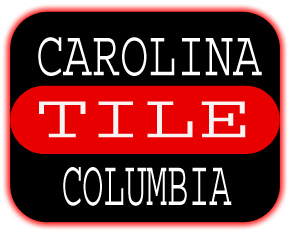
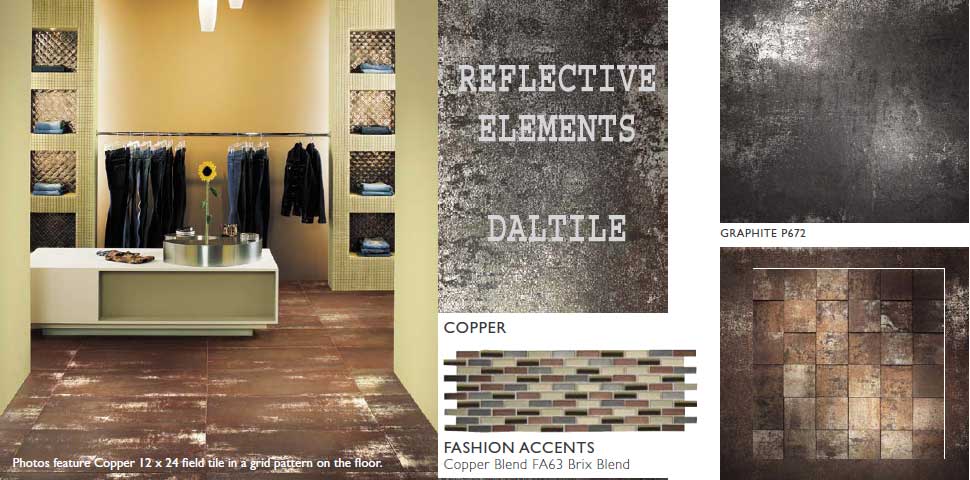
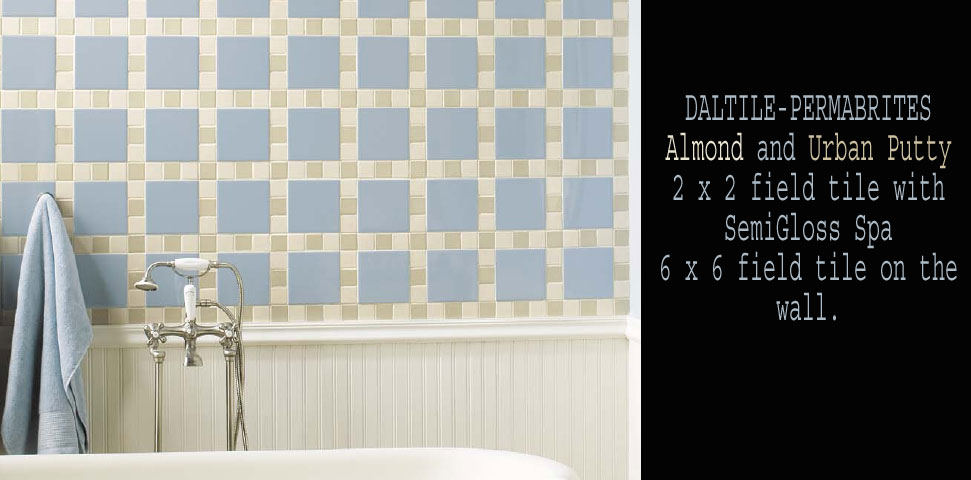
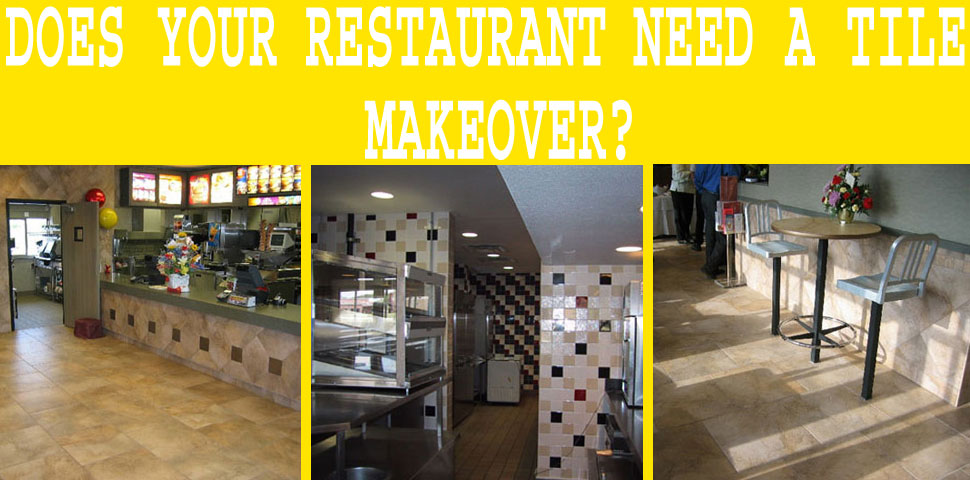
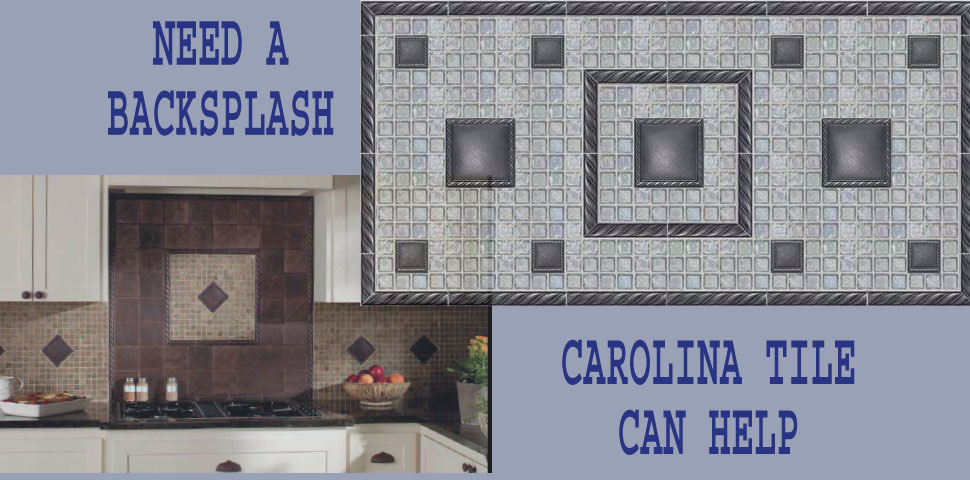
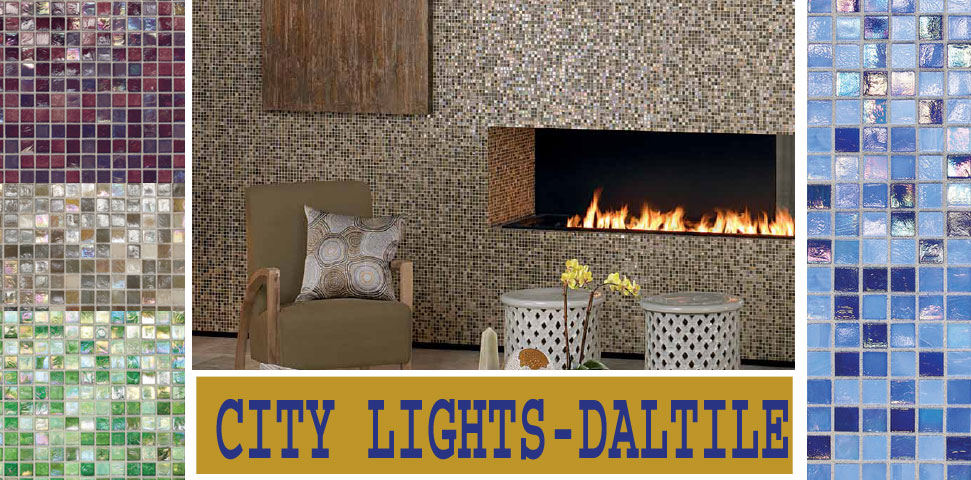
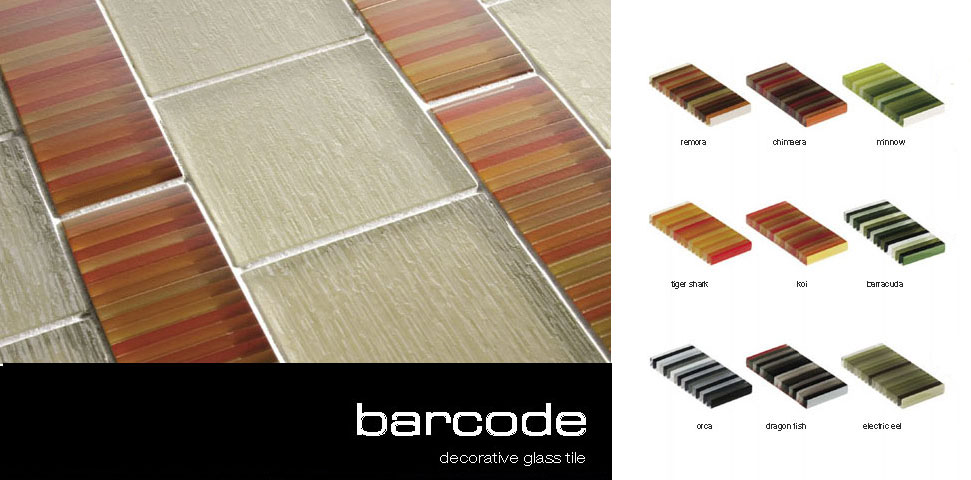
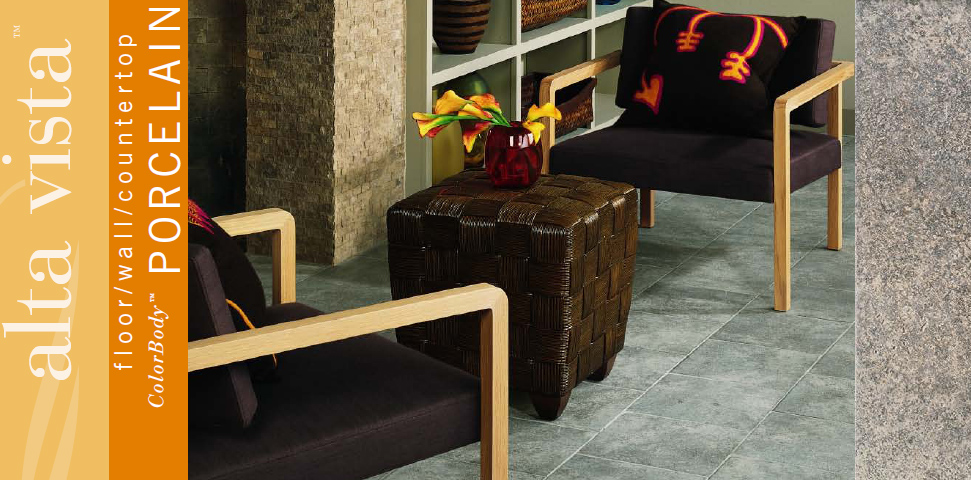
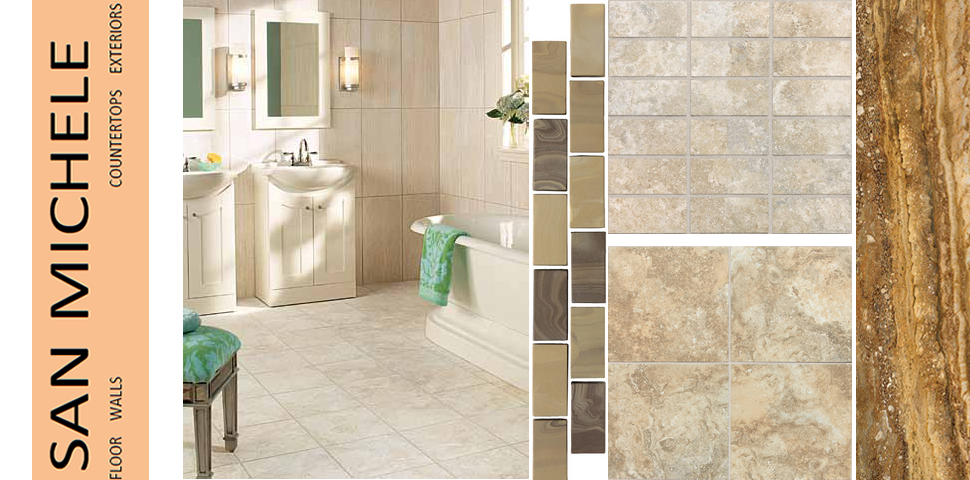
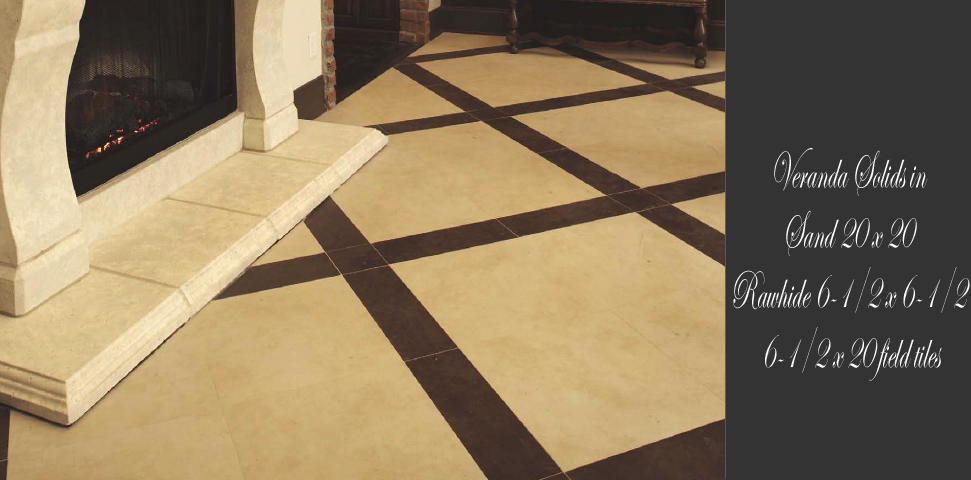










 This is proof that a properly installed marble floor can provide years of service. The Marble floor shown here was installed in the National Statuary around 1864-1867. My tour group must have thought I was strange. Everyone in my group was taking pictures of all the history around us and looking at the walls. I spent my time looking at the floor.
This is proof that a properly installed marble floor can provide years of service. The Marble floor shown here was installed in the National Statuary around 1864-1867. My tour group must have thought I was strange. Everyone in my group was taking pictures of all the history around us and looking at the walls. I spent my time looking at the floor.
